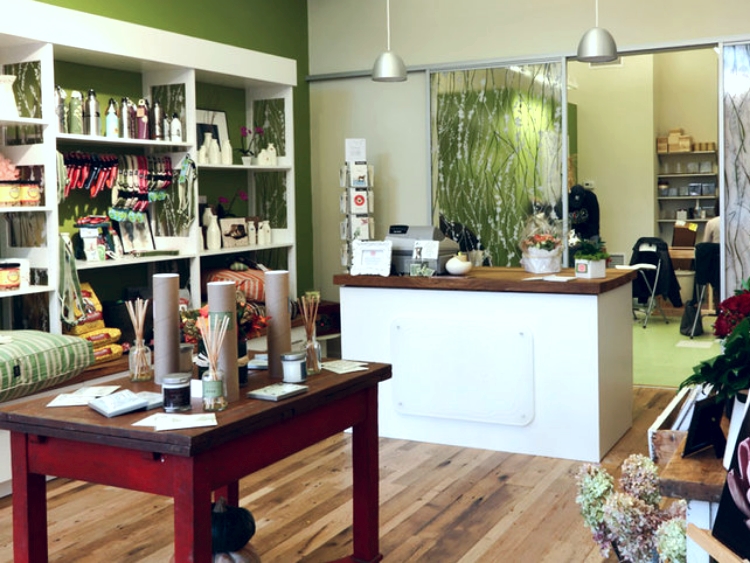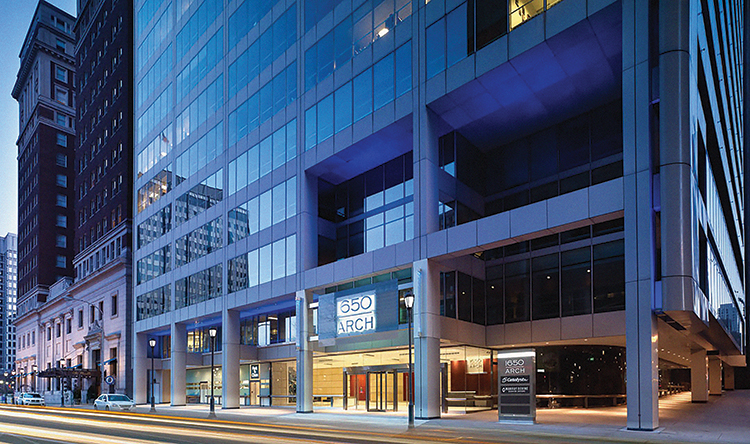A Q&A with Lynne Templeton of Renewal Design Showroom
By Emily Kovach
You love your home, but there are always improvements to be made, right? Perhaps an outdated bathroom needs a facelift; a backyard deck isn’t looking so hang-friendly anymore; or—the big one—it’s time to rip out and redo the kitchen. But even smaller scale-projects, such as replacing an appliance or painting a room, may leave you overwhelmed with choices.
In addition to style and price, green and healthy options should be high on your list of priorities.
Every single material that goes into home renovation and design is at risk of bringing chemicals and potentially harmful toxins into your home and the environment. So how does a homeowner make well-informed decisions about architecture and interior design?
Lynne Templeton of the Renewal Design Showroom in Wayne, Pa., has been in the design business for over 35 years. In the early 2000s, when “green” was picking up steam as a buzzword, she did a ton of work in corporate workspaces, helping to make offices more eco-friendly and efficient. “I became inspired by that work,” she says, “and I wanted to create a studio to help create green spaces at home, too.”
To that end, Templeton helped to found Greenable, a Philly-based design showroom in 2006. The company folded after the recession, but she went on to found Renewal in 2013 to help residential clients with space planning, interior design and access to eco-friendly materials. The Renewal Showroom boasts a huge selection of material samples, including flooring tiles, carpet, cabinetry, countertops, furnishings, drapery, plumbing, lighting and more.
“Everything here is either reclaimed, recycled or recyclable and has low or no VOCs,” says Templeton, referring to the volatile organic compounds that make paint smell bad and hurt your respiratory system. She makes the comparison that shopping at Renewal versus a big-box hardware store is like “going to the health food store instead of a supermarket.”
Who better, then, to field our burning home improvement questions?
Let’s start with the obvious question: Will choosing “green” products be way more expensive than traditional materials?
LT: Well, no. In any design application, I take the whole job in general and take the budget and prioritize. Pricing has come down overall, and you can usually achieve what you want and get an eco-friendly product in your price range. But, you have to keep in mind that you get what you pay for. There’s a durability factor, so when you buy cheap stuff it will still end up in the landfill.
It’s pretty apparent how “greenwashing” has made certain terms meaningless. What are the legit certifications we should be looking out for?
LT: There are lots of certifications out there, and some better than others in terms of being strict. Greenguard is good for people who are worried about air quality, and it applies to a lot of materials. Cradle to Cradle certification is given to products that can be recycled. FSC Certification [Forest Stewardship Council] for wood guarantees that the lumber has come from a managed forest, and not a clear-cut forest. Another really important thing to look for is a NAUF label [No Added Urea Formaldehyde], which is often seen on plywood and flooring.
In the last few years, have you seen certain home improvement products trending green?
LT: When I started working with residential clients, there were only like five things available that were more natural, and the choices were uninspiring. Now, we get new products all the time; the tile options are amazing, there’s more and more carpet available, and countertops are coming out in all kinds of recycled materials, like concrete, plastic and paper. It’s so much better than it used to be. There’s pretty much an alternative to everything that’s eco-friendly or holistic.
Say we’re not ready to tackle a whole bathroom or kitchen renovation. How can we make a big impact with small changes?
LT: Water efficiency is a great place to start. Switch an old toilet out for a more water efficient one. The old ones use up so much water. Old appliances can be real energy hogs, so if you can, upgrade to Energy Star certified ones. Then, there’s always the paint and cleaning products. Especially if you moved into a new apartment that was freshly painted with toxic paint, that’s horrifying right? You can encapsulate that paint to take care of the off-gassing… many non-VOC paints can encapsulate toxic house paint. Cleaning products, too, are easy to make nontoxic choices. The best part of all of our products [is that] you can use all-natural products with them, gentle cleansers or just plain old soap and water.








